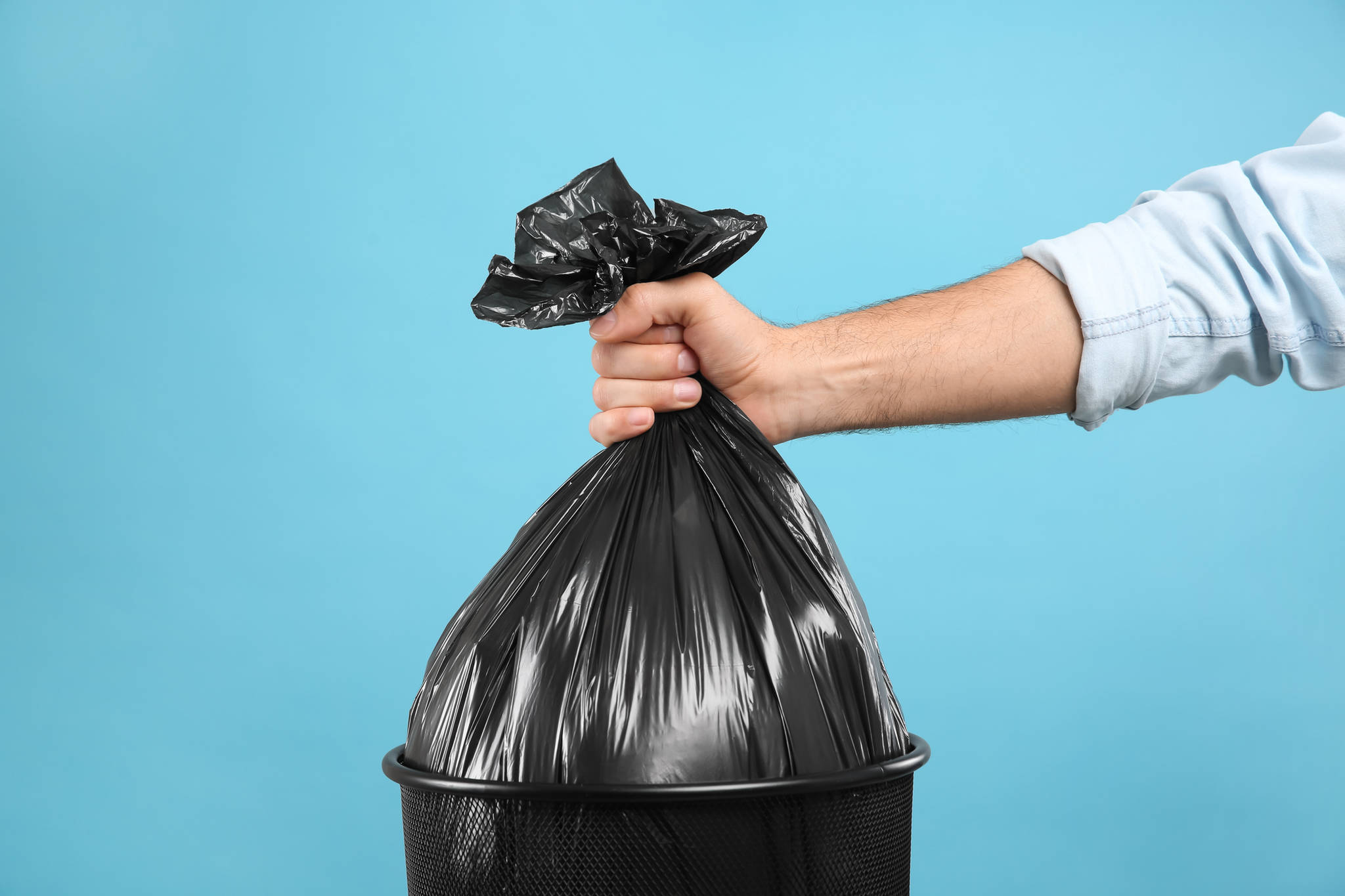“Home” has taken on a new meaning since the pandemic hit. Working, schooling, cooking, cleaning, enjoying time with loved ones or couch surfing – most of us have done it all, using our houses, condos and apartments as multi-purpose basecamps.
As a result, much of the waste we used to throw away while at work or out on the town now ends up in our own curbside carts. With garbage carts filled to the brim, what should you do? A simple, at-home waste audit is the first step to uncovering ways to reduce your waste.
You’ll learn what items are most commonly found in your garbage, recycling and compost and use those patterns to make improvements in your shopping and sorting habits. Here are some steps to get you started:
Form your audit team. Everyone throws things away, so it’s best if everyone participates. Waste audits can be especially fun for kids.
Collect material for your audit. You will need a sample of waste from each collection point in your house. For most of us, the main garbage, recycling and compost station is in the kitchen, but don’t forget about bathrooms, offices and other areas you generate waste. Start with three to seven days’ worth of material (depending on the size of your household). Make sure to save garbage, recycling and compost separately so you can identify any items that are incorrectly sorted.
Prepare your materials. Download your local recycling and compost guidelines so you can verify what goes where. If you are a Waste Management customer, visit wmnorthwest.com to find your local guide. Next, clear a sorting space on the floor, or maybe in the backyard, and cover it with a tarp or a plastic liner. Grab a pair of disposable or garden gloves for each sorter. You’ll also need a notebook and pen to write down your findings.
Sort! Identify three different areas of your tarp – for trash, recycle, and food/yard waste. Start with your bag of kitchen garbage. Place each item in the correct area. Take note of common items and items that were incorrectly sorted (i.e. they could have been recycled or composted). Next, sort garbage from other areas of your home. Make sure to take notes along the way. For example, we often find people don’t sort recyclables in the bathroom such as toilet paper rolls and shampoo bottles, so these recyclable items end up in the trash. After you have sorted the garbage from each container, sort the recycling and food waste in a similar fashion.
Take care with food waste. Sorting through decomposing food scraps can get a little icky. Instead, take a peek inside your container and look for anything out of place. Are there any plastic containers that could be recycled? Any wasted food items that could have been frozen for future use? Note opportunities for improvement and share with your household.
If you don’t already have compost service, it’s a great time to try it out. In just 60 days, your banana peels can turn into a rich soil amendment. Compost produced helps soil retain water, sequester carbon and provide essential nutrients for plants.
Find opportunities for change. What did your results show? Maybe your roommate tends to toss leftovers rather than eating them. Your fridge might benefit from an “eat first” or “share” section. Maybe there is confusion about which plastics are recyclable, or how clean recyclables should be. Most everyone can find one or two improvement opportunities based on the results.
You did it! Congratulations on completing this important step toward recycling right and reducing your waste at home, for now and as we move on to brighter and more normal days ahead.
Hannah Scholes is Waste Management’s recycling education and outreach manager. For a complete list of what’s recyclable in your community, the best resource is wmnorthwest.com.
Talk to us
> Give us your news tips.
> Send us a letter to the editor.
> More Herald contact information.

























